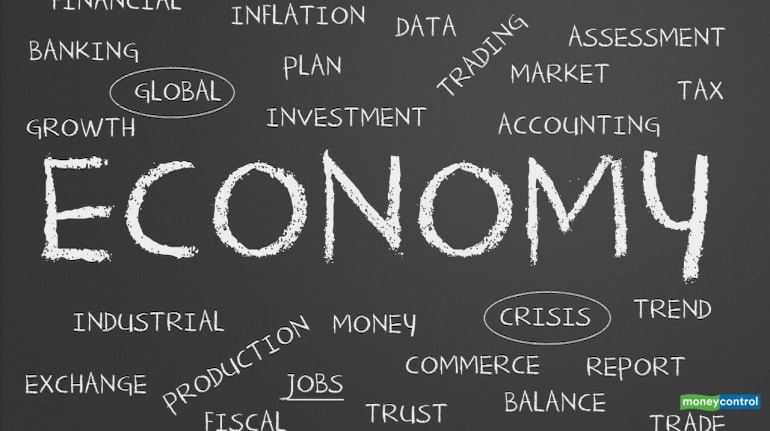



Moody's Investors Service on Tuesday slashed India growth forecast for calendar year 2020 to 0.2 percent, from 2.5 percent projected in March. For 2021, Moody's expects India's growth to rebound to 6.2 percent.
In its report titled - Global Macro Outlook 2020-21 (April 2020 update), Moody's has lowered G-20 advanced economies as a group to contract by 5.8 percent in 2020.
Moody's said the economic costs of coronavirus crisis amid the near shutdown of the global economy are accumulating rapidly.
It expects G-20 advanced economies as a group to contract by 5.8 percent in 2020. Even with a gradual recovery, 2021 real GDP in most advanced economies is expected to be below pre-coronavirus levels.
China's economy is forecast to grow by 1 percent in 2020.
"India extended a nationwide lockdown to 40 days from 21 days, but relaxed restrictions in rural areas to facilitate agricultural harvesting in the second half of April. The country has determined that many of these areas are free of the virus. India also plans a phased opening of different regions while continuing to carry out identification and contract tracing," Moody's said.
Discover the latest Business News, Sensex, and Nifty updates. Obtain Personal Finance insights, tax queries, and expert opinions on Moneycontrol or download the Moneycontrol App to stay updated!
Find the best of Al News in one place, specially curated for you every weekend.
Stay on top of the latest tech trends and biggest startup news.